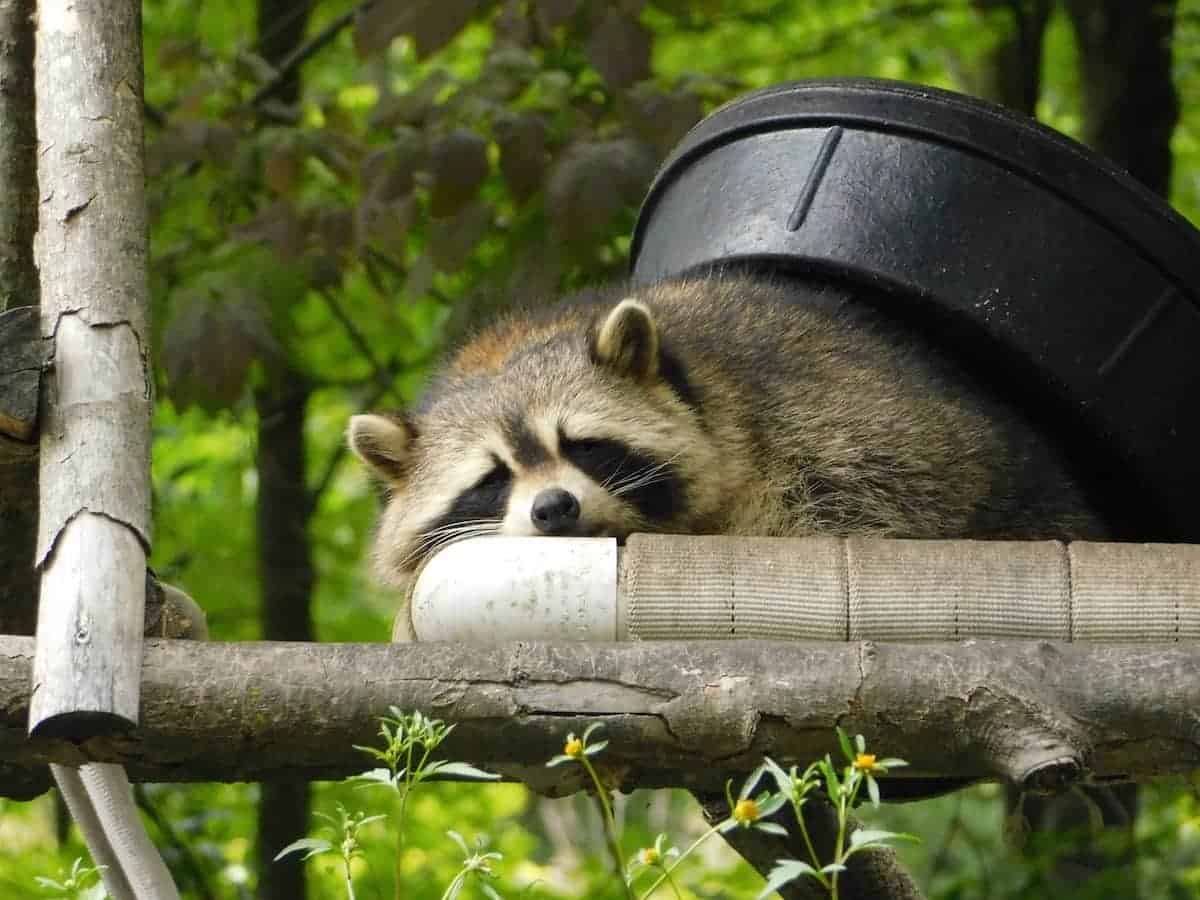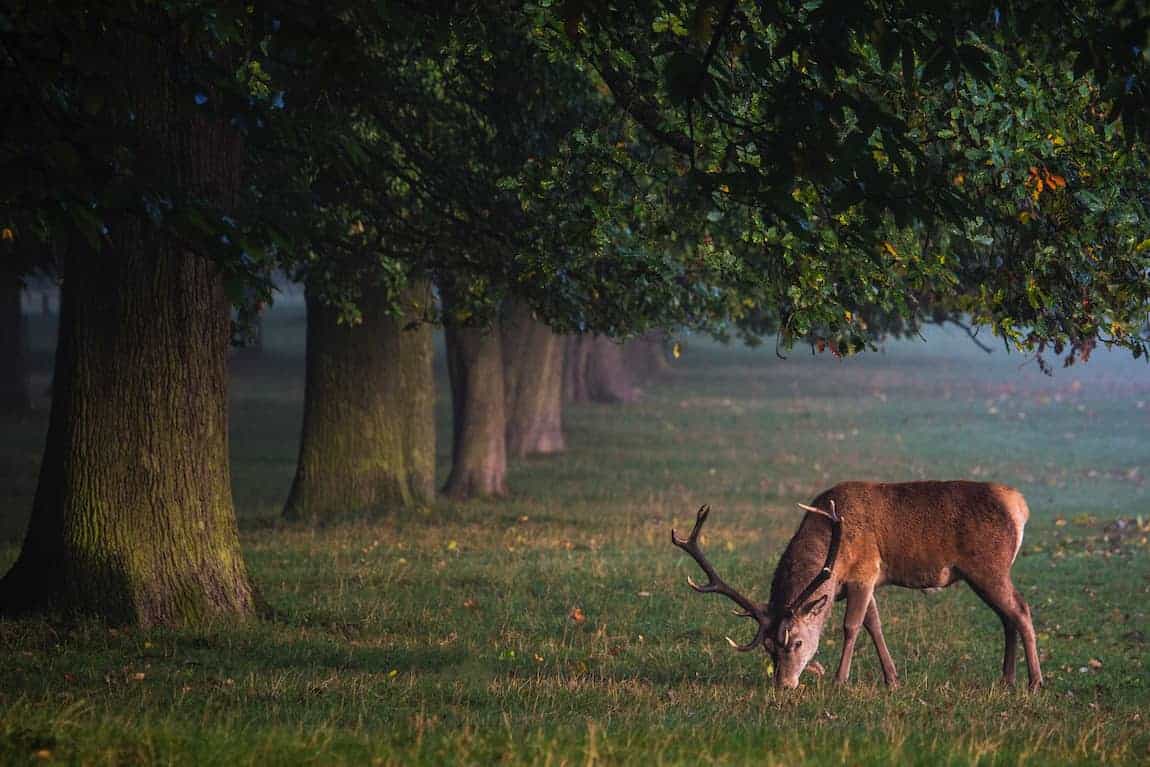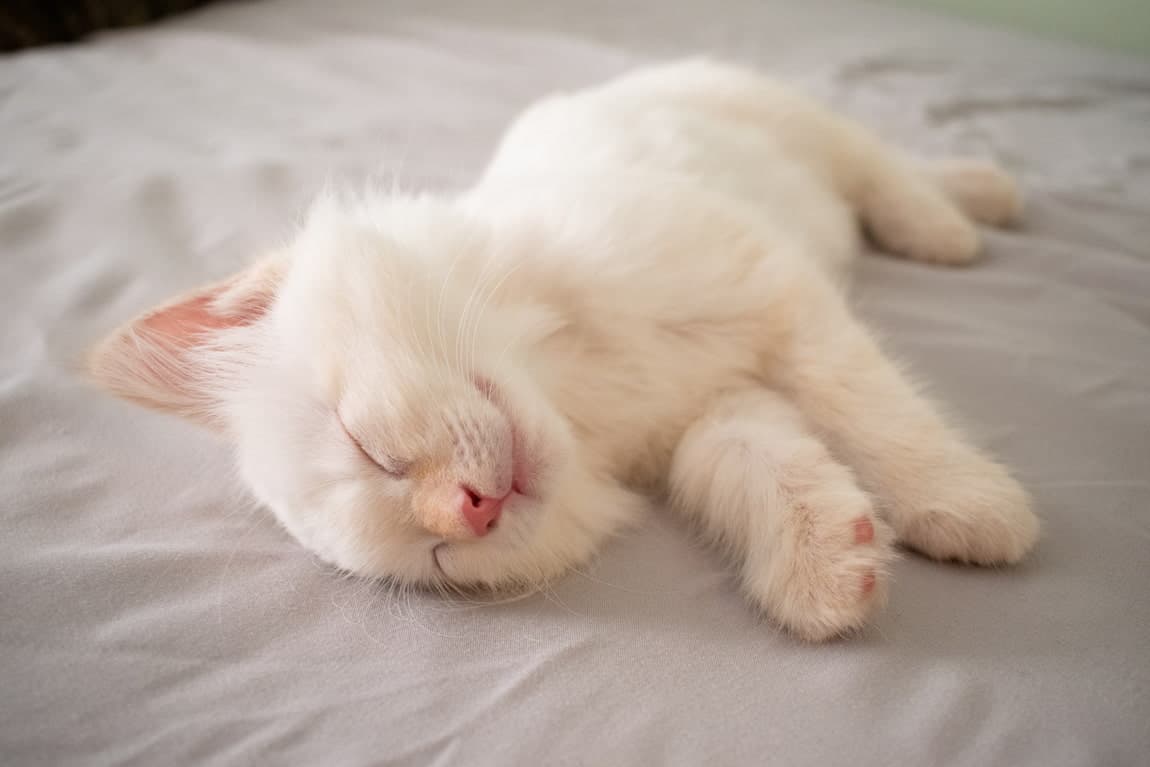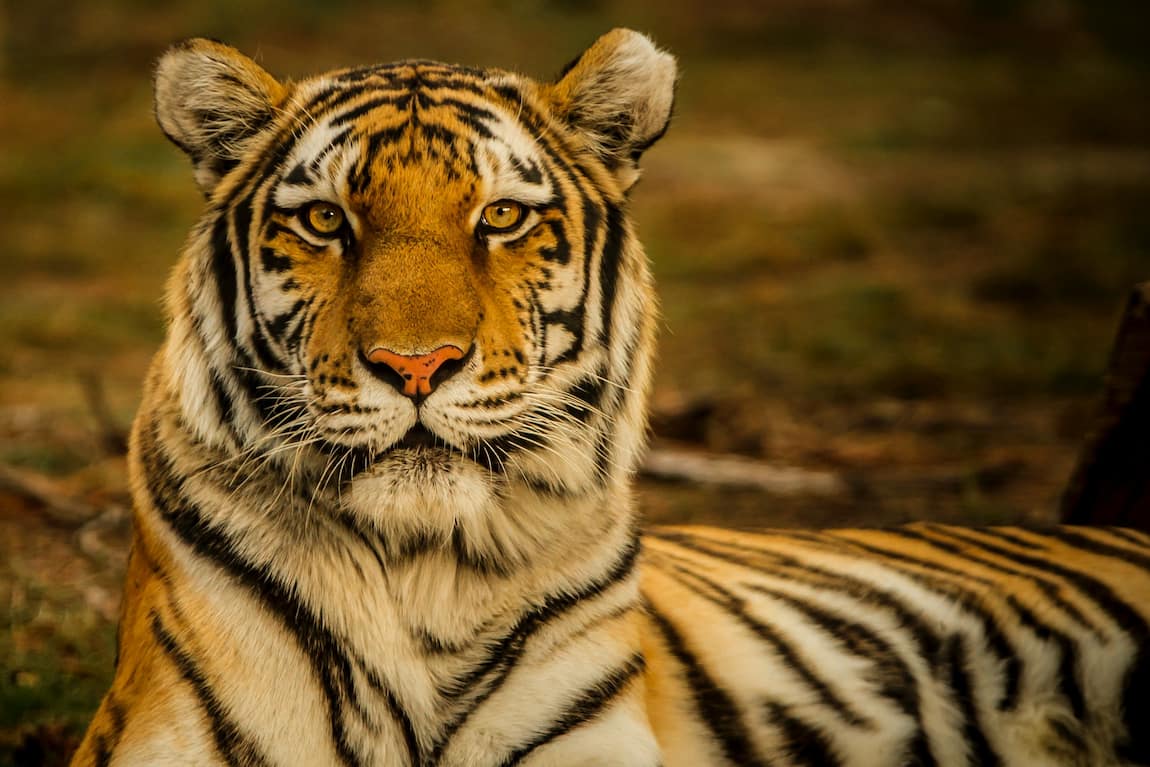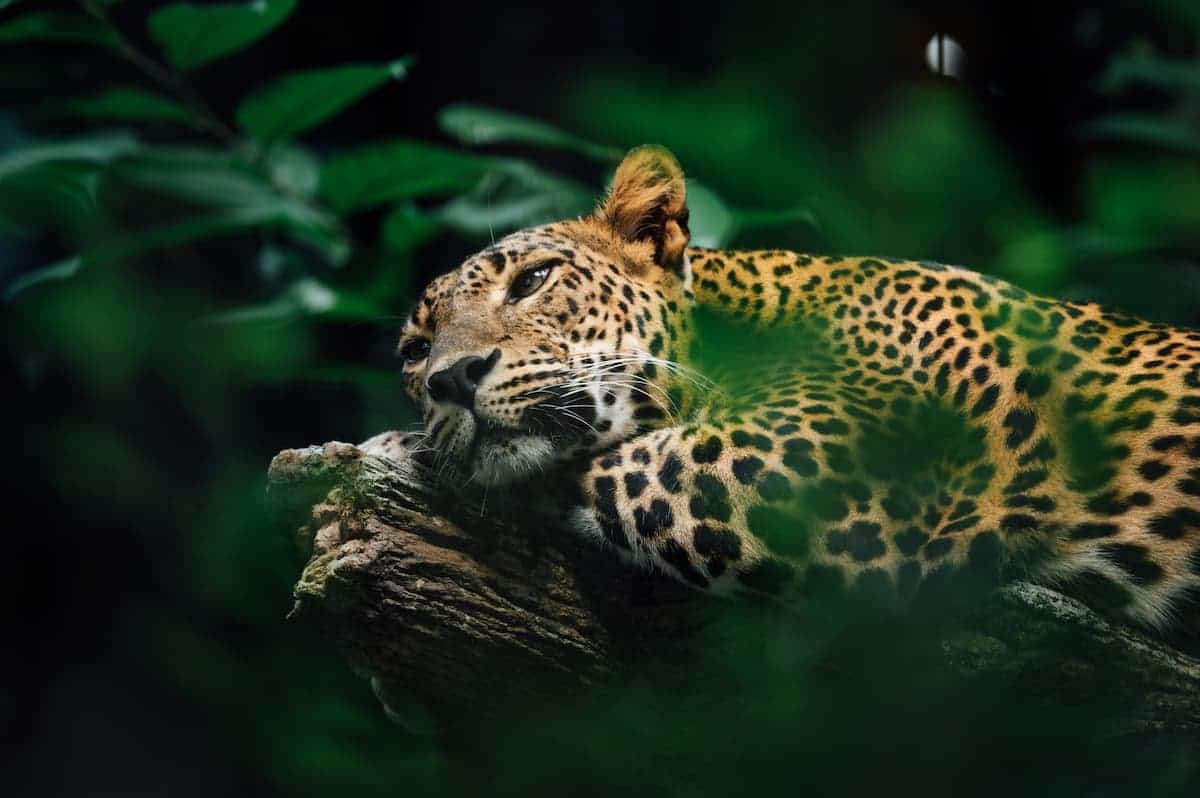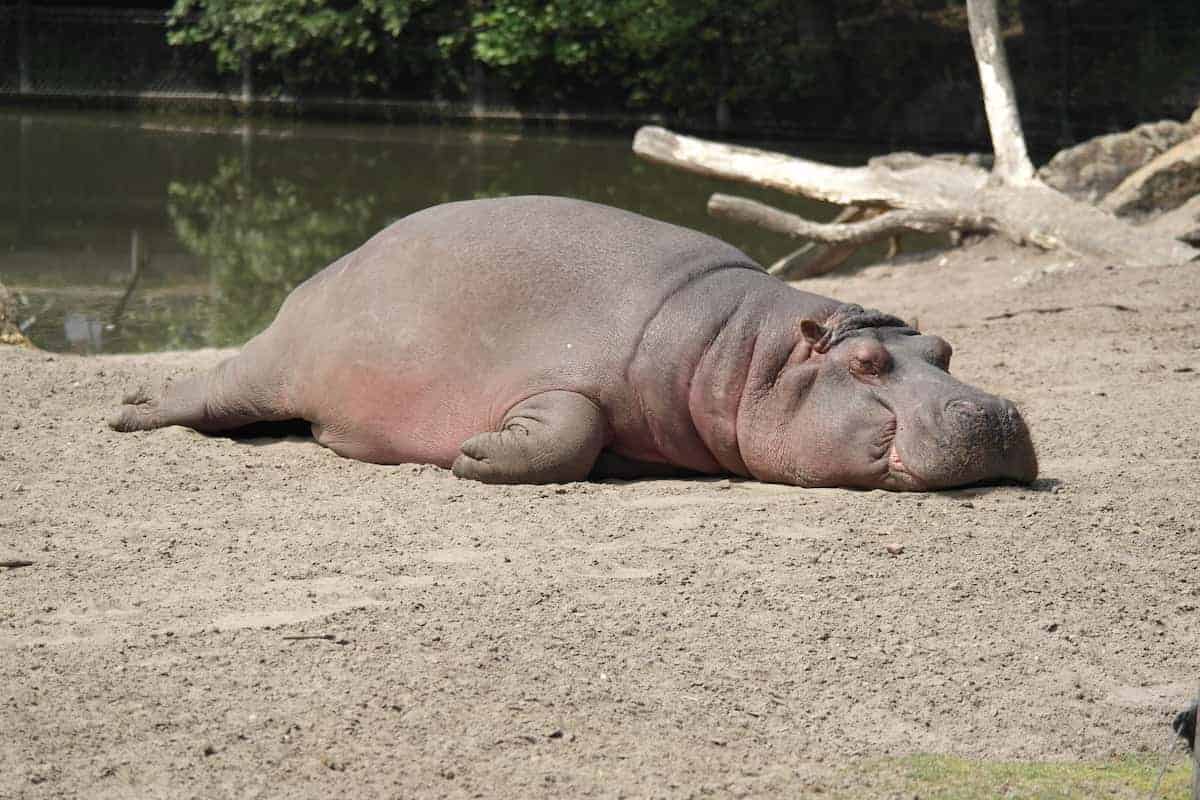Raccoons are some of nature’s most adaptable animals. They are not picky about what they eat, how close they get to humans, or even where and how they sleep.
Raccoons are naturally woodland animals, but they’ve adapted their habits to live alongside humans (after all, we encroached on their habitats first). These scavengers are active during the night and sleep during the day. Sometimes, they even crawl into human homes to sleep.
Knowing more about how raccoons sleep can help us coexist better with these creatures that so often live in our parks and backyards.
How Do Raccoons Find a Safe Place to Sleep?
Raccoons sleep in a comfortable den that is insulated from the light and outside weather. Most raccoons sleep alone, curled up into their tails. However, young raccoons will sleep curled up with their mother and siblings.
Raccoons are not picky about where they sleep. In the woods, they will claim tree logs, tree hollows, under rocks, or even in burrows dug by other animals. Raccoons that live closer to humans may sleep in abandoned vehicles or even in homes and garages if they can find a way in. As long as it is a sheltered place close to food or water, a raccoon can sleep there happily. They are quite lazy and won’t make their own dens, preferring instead to make do with what is around them.
Raccoons usually have several dens. They will spend at most a few nights in one location and then move on to another location. These territorial animals usually have a large area they claim and rotate between different dens in the area when they sleep during the day.
Can Raccoons Sleep in Human Houses?
Sometimes, opportunistic raccoons decide to make a human home their den for the day. If they find a crawlspace, attic, or other way in, they will get cozy. They do this most often when they cannot find a better alternative, for example in suburbs where there are not as many trees.
If a raccoon gets into your home, it is more of an annoyance than a danger. Raccoons can crawl into your walls and damage your wiring with their sharp claws. If you think you have a raccoon in your home, call professional, humane pest removal services. Although raccoons are not dangerous, they will fight back when they feel threatened and their claws are sharp!
Can Raccoons Sleep in Trees?
Raccoons are excellent tree climbers and sometimes find shelter in hollow trees. Sometimes, raccoons may snooze on tree branches, particularly if the weather is mild, but they prefer tree hollows if they’re looking for shelter above ground. Tree hollows offer the perfect shelter from weather and potential predators.
Mother raccoons that are about to give birth or are caring for their young will often seek out tree hollows as those offer the most protection for their babies. Young raccoons often spend their first few months in trees.
How Do Young Raccoons Sleep?
Raccoons nest in the same spots that they den for the night, except mother raccoons don’t move around as much as solitary raccoons. While adult raccoons are solitary animals, juvenile raccoons spend their first few months with their mother and brood mates.
Until the babies are about two weeks old, all they do is eat and sleep. Even when they grow older and start exploring, juvenile raccoons sleep a lot more than adult animals.
Nesting raccoon mothers are very protective of their young and take special care to find a den where the babies will be safe. Until the raccoons are fully grown, the mother raccoon will sleep with them to keep them safe, even though by nature they are solitary creatures.
Do Raccoons Hibernate?
Raccoons do not hibernate throughout the winter. However, they can go into a state called torpor. Torpor is a state of reduced physical activity and extended sleep similar to hibernation. An animal in torpor can slow down its metabolism somewhat to compensate for scarcity, but it does not reduce it to the levels required to hibernate.
During torpor, raccoons lower their body temperature and increase insulin production. The insulin stimulates the raccoon metabolism so that the animals can get nutrients without having to go outside and forage for new food.
Raccoons can go into torpor or a deep sleep state for as long as a month. To prepare for torpor, raccoons eat lots of food during the fall and add up to a third of their body weight in fat. However, this extra insulating layer of fat is not enough to get them through the whole winter. Raccoons still have to scavenge for food during most of the winter and will only sleep during the coldest days and weeks.
Do Raccoons Ever Sleep in Groups?
Besides juvenile raccoons and nesting mothers, these animals tend to be solitary. However, in the winter, the quest for warmth trumps any territorial feelings. When the weather gets cold, raccoons often sleep together, huddled for warmth in their dens.
However, this quest for warmth does not extend to other animals. While sometimes raccoons will temporarily share shelter with other species, usually they use their superior size and strength to muscle out smaller animals. It’s common for raccoons to take over skunk or fox dens and chase out the original inhabitants after those animals went to the trouble of digging the den in the first place.
Conclusion
Just like their nightly foraging habits, raccoon sleeping habits are varied and opportunistic. Raccoons will sleep anywhere they can find shelter, including tree hollows, dens made by other animals, and human houses. They will rotate their sleeping area every few days. The only exception is nesting raccoons, they are a bit pickier when deciding where to give birth and raise their young.
In the winter, raccoons go into an extended sleep state called torpor during the coldest days and weeks, but they never fully hibernate. Sometimes, they sleep in skunk or fox dens because necessity makes for strange bedfellows in nature.
